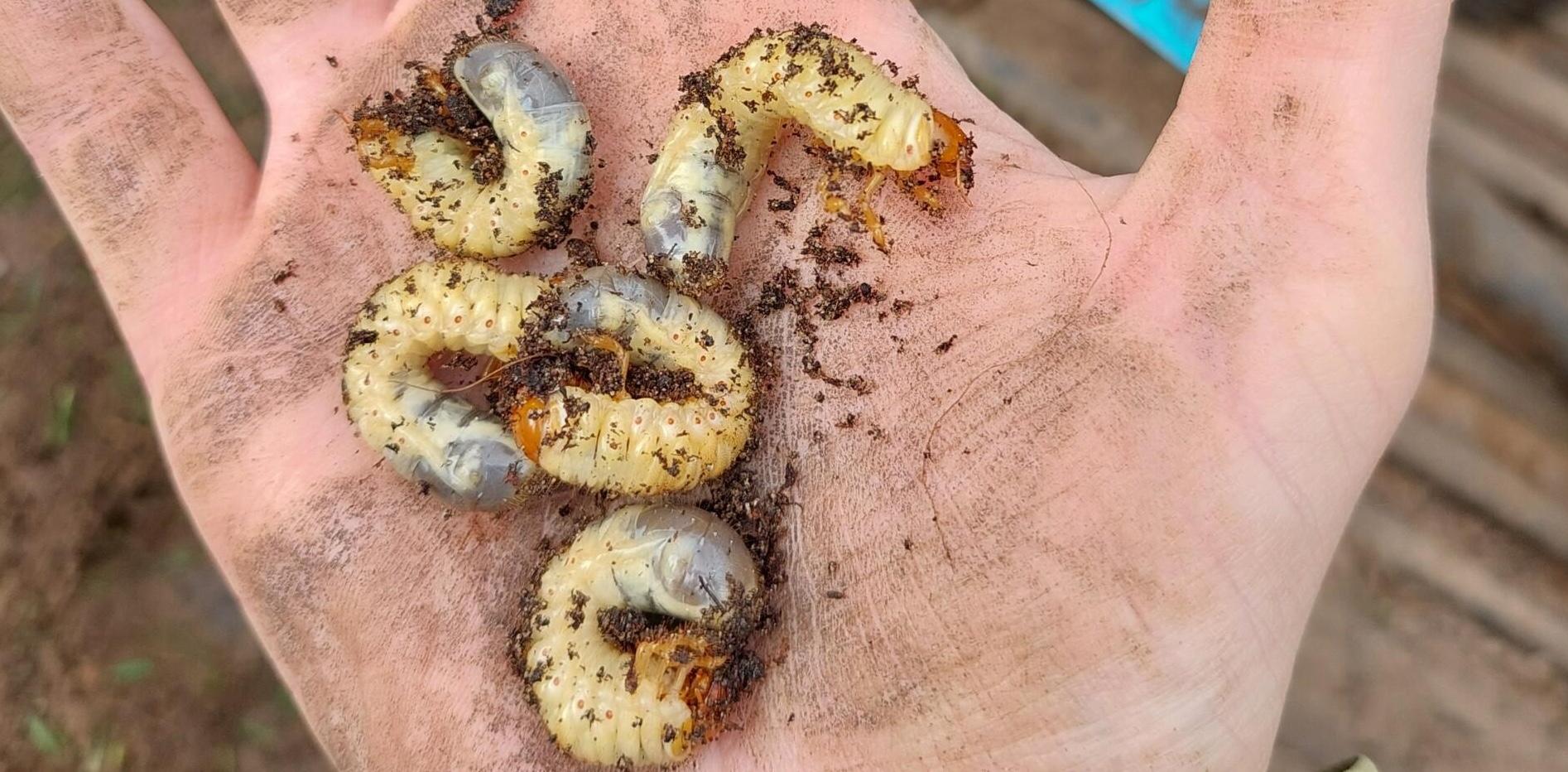At this time of year I regularly get asked when should I start my Primo Maxx programme. I've added some additional complexities to it this year, because I've been talking a lot about growth degree days.
Primo Maxx has been used for a long time now and I've seen a lot of different timings and application rates. I have never seen any long-term damage so you can be very confident even if the weather doesn’t break in your favour there is very little downside.
When thinking about higher height of cut areas I would have no hesitation applying early, our best practise advice is to wait until the onset of consistent growth before starting but I've seen no reason not to start earlier than this.
In these cooler periods at the beginning of the season the longevity of Primo Maxx is longer than it is in the peak of the summer. Starting early will have no detrimental effects to the turf and help avoid that flush of growth when the weather conditions become suitable for growing. In these areas I'd be quite confident starting at full rate assuming you add a small amount of nitrogen to the tank to offset any slight yellowing you may get.
On shorter height of cut areas I'm not so keen in starting early, but I'm aware that it's a practise that many turf managers use on a regular basis. I suspect it comes down to the turf species you are managing and the environment you're in. In this situation we would always recommend starting your programme at half rate, after all at this time of year we're not looking to a growth regulator to suppress growth, as consistent growth is something we're desperate for in the Spring. What we’re looking to do is to utilise the benefits of a growth regulator to improve sward density, rooting potential and the consistency of growth. One of the questions I've been asked several times this spring is should I still use the 200 growth degree day model if I start early at half rate?

It's a great question. I would, is the answer, I drew up a simple ready reckoner to look at how long 200 growth degree days is in real life. Now this is averaged out over five years and the green line shows the average, the red section shows the coolest period and the blue section shows the warmest. Using this guide we can see that applying mid March (around now) we would get in an average year around 25 days growth suppression from Primo. In a cold year that could stretch out too 80 days and in a warm year it could be as little as 18 days.
So my suggestion would be start now, if it goes warm you'll be applying it sooner than you think, if it stays cool it will take a while before you need to apply it again and that's the beauty of a growth degree day model.




